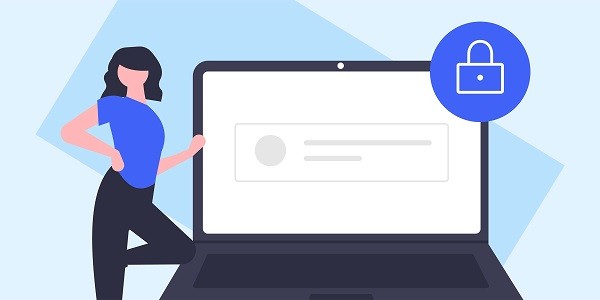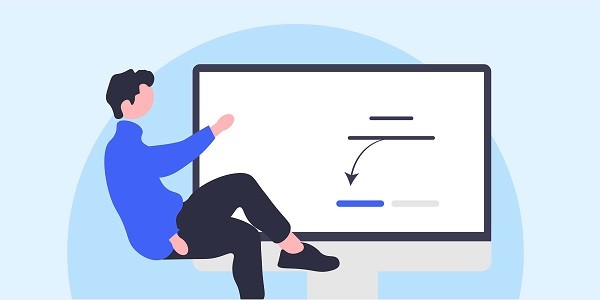What is the core difference between myprivate proxy and IP2world?myprivate proxy usually refers to a privately deployed exclusive proxy service that emphasizes exclusive resources and customization; IP2world is a comprehensive proxy service provider that provides multiple types of standardized products such as dynamic residential proxy and static ISP proxy. The former is suitable for high-security scenarios that require full control of proxy nodes, while the latter meets diverse needs through large-scale IP pools. For example, if multinational companies need to uniformly manage the IP resources of global branches, IP2world's dynamic IP pool covering 195 countries is more cost-effective. Which scenarios are more suitable for using myprivate proxy?When the business has strict requirements on IP stability and location, myprivate proxy shows its unique value. The payment interface test in the financial industry requires a fixed IP to pass the whitelist verification. At this time, the private proxy can ensure that the IP is valid for a long time and has no historical stains. However, self-built private proxies have pain points such as high hardware costs and complex maintenance. IP2world's static ISP proxy just balances this contradiction - while providing telecom-grade fixed IPs, it relieves users from the burden of maintaining infrastructure by themselves. How does IP2world make up for the shortcomings of myprivate proxy?The scale of myprivate proxy's IP resources is limited by its own infrastructure, making it difficult to cope with sudden traffic demands. IP2world breaks through this limitation through a hybrid proxy model: the dynamic residential proxy pool contains tens of millions of real residential IPs and supports on-demand expansion; the exclusive data center proxy provides private proxy-level performance guarantees. This elastic architecture is particularly suitable for scenarios such as e-commerce rush purchases and social account matrices that require both scale and stability.Taking IP2world's S5 proxy as an example, its protocol-level optimization can increase the number of concurrent connections for a single IP by 3 times. Combined with the unlimited server solution, the actual cost is reduced by more than 60% compared to building a private proxy. What are the technical differences between the two in terms of privacy protection?Myprivate proxy relies on physical isolation to ensure data security, but there is a risk of single-point breach. IP2world adopts a distributed security system: the real-time IP rotation mechanism of dynamic residential proxies forms a dynamic defense layer, and the traffic encryption module supports TLS1.3 and ChaCha20-Poly1305 algorithms. More importantly, its IP reputation management system continuously monitors the blacklist status of each address and automatically removes risky nodes.In contrast, private proxy users need to bear the responsibility of IP risk management. IP2world's intelligent routing system can automatically avoid high-risk protection nodes of the target website, which is a function that most myprivate proxy solutions have not yet integrated. How does cost-effectiveness influence the final decision?The initial investment of myprivate proxy includes fixed costs such as server purchase and bandwidth leasing, which is suitable for long-term stable needs. IP2world's pay-as-you-go model is more flexible: dynamic residential proxies are charged according to IP usage time, static ISP proxies provide monthly/annual payment packages, and unlimited server plans completely eliminate traffic anxiety. Test data shows that when the average daily IP demand is less than 500, IP2world's comprehensive cost advantage can reach 45%-70%.For small and medium-sized enterprises, IP2world's pre-configured solutions can be deployed quickly, while myprivate proxy usually requires a 2-3 week implementation cycle. In terms of technology iteration, IP2world updates the IP pool and upgrades the encryption protocol every quarter, and private proxy users often find it difficult to keep up with the latest protection technology. As a professional proxy IP service provider, IP2world provides a variety of high-quality proxy IP products, including unlimited servers, static ISP proxies, exclusive data center proxies, S5 proxies and dynamic residential proxies, suitable for a variety of application scenarios. If you are looking for a reliable proxy IP service, welcome to visit the IP2world official website for more details.
2025-05-06





